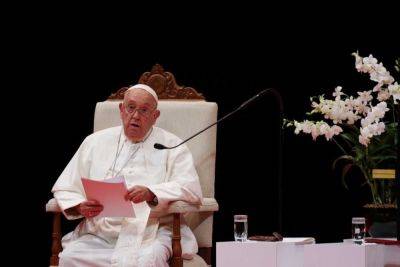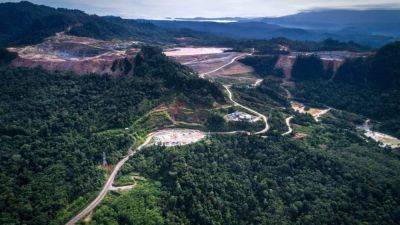Early Philippine-Indonesia relations
October 2, 2024
MANILA – An archipelagic nation like the Philippines should have a maritime museum, to connect the land-bound Generations X, Y, and Z with their water-bound past. The closest to a maritime museum is the National Museum of the Philippines branch in Cebu which curatorially brings visitors back to the time of Humabon and Lapulapu, and even earlier.
It is worth a visit because many important artifacts and art, once displayed in “Imperial Manila” have been sent to Cebu where they are doubly relevant. On the ground floor are three paintings depicting the Spanish contact, based on the accounts of Antonio Pigafetta, the chronicler of the Ferdinand Magellan expedition. These are by National Artists Fernando C. Amorsolo, Carlos V. Francisco, and Vicente Manansala. Amorsolo painted the Battle of Mactan, Francisco the presentation of the Santo Niño to Humabon’s wife, christened Juana for the Spanish Queen who has gone down in history as “Juana la loca” or Joanna the Mad. Manansala painted the planting of what we know today as “Magellan’s Cross.”
It is on the second floor that the magic begins with a display of the flora, fauna, and geological beginnings of the Philippines, culturally important objects excavated from archeological sites in Cebu. There is an exhibit of tradeware from China, Vietnam, Thailand, and Cambodia mute witnesses to the Philippines being at the crossroads of civilization a thousand years ago. There are important cultural properties here that I will not mention to make the visit to the museum a treasure hunt. Then the exhibit ends with the different types of boats in use today in different parts of Cebu.
I write this fresh from a quick visit to the Maritime Museum or Museum Bahari in Jakarta. I







